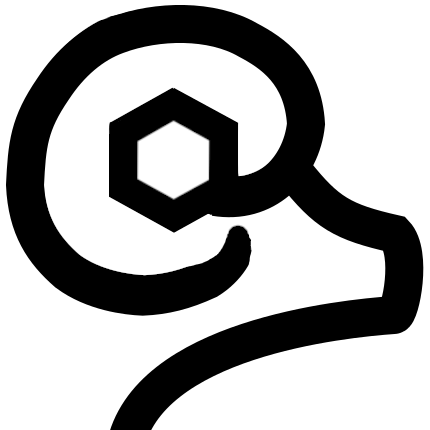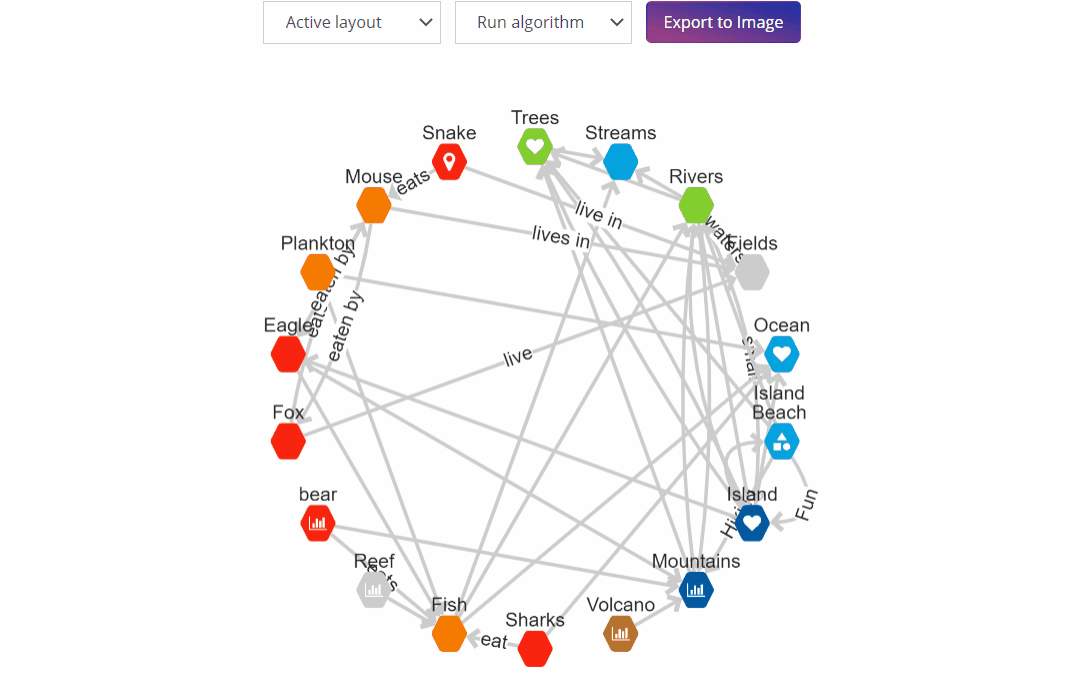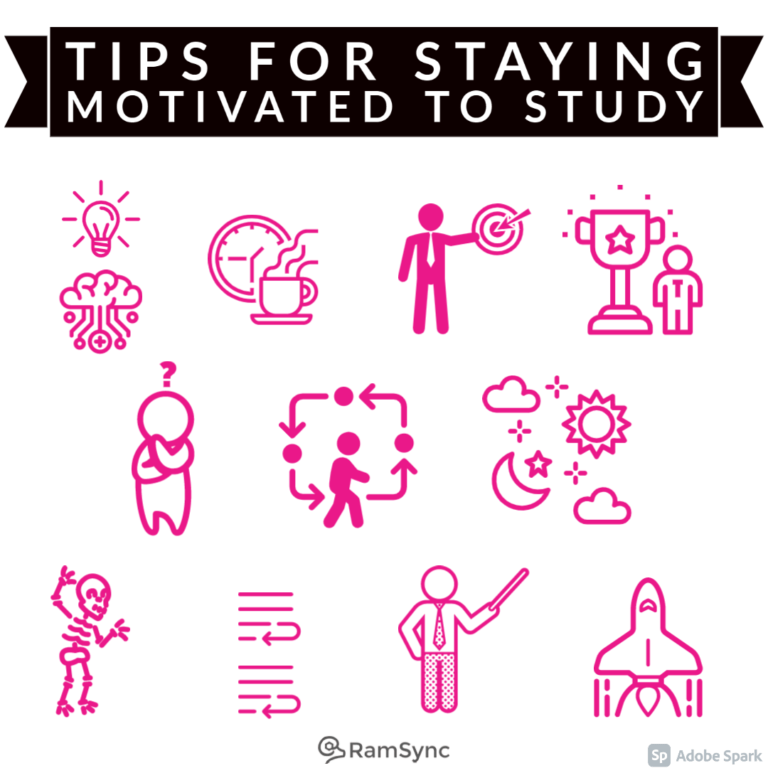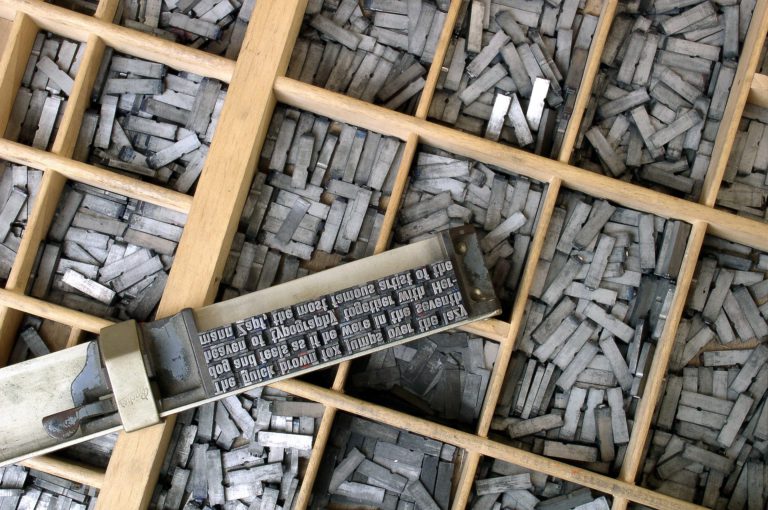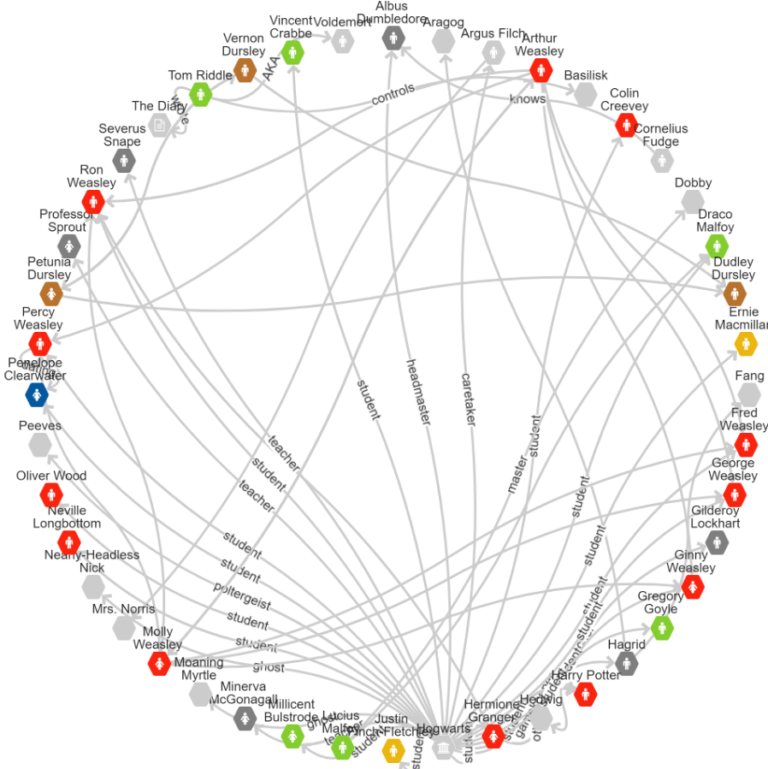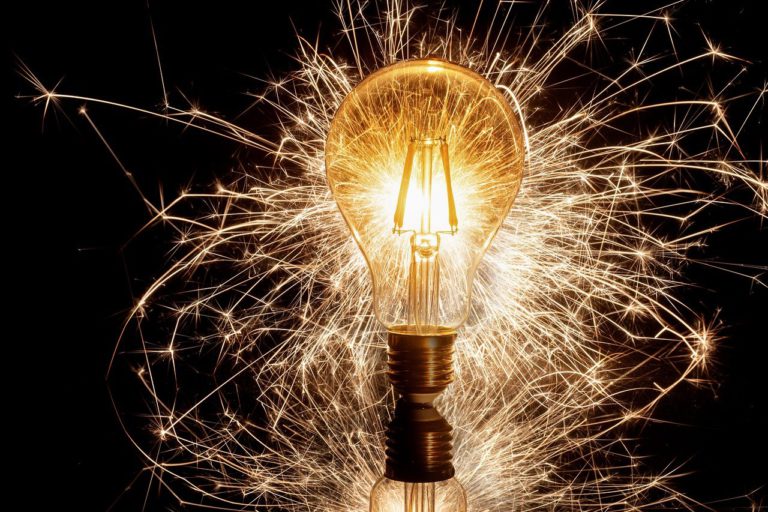
Do you ever feel like your mind has too many browser tabs open? That the sheer volume of brain power required just keeping background thoughts idling is taking up all the room for thought and stressing you out?
Well, you are not alone. Not only are modern lives stressful, but we live with a constant press of digital distractions vying for our attention. And our attention is limited; our mental stamina finite. Along with external distractions (we’re looking at you, social media!), we have internal distractions of the mind to consider as well.
To close some of these draining mental tabs, let’s look at two compounding factors at play:
- Physical: Increased mental load is just one of many factors that can cause stress. Stress isn’t a simple equation, small amounts can be motivating, but too much increases cortisol levels, disrupting your sleep and negatively impacting moods. Increased cortisol levels reduce memory and cognitive abilities and can have numerous physical and mental side effects.
- Mental: According to our best understanding of the mind, too many competing thoughts, including switching between numerous thoughts or worries, is detrimental to both productivity and creativity. Multiple theories exist to explain these limitations of working memory, including Cognitive Load Theory (CLT), Information Overload, and the Mental Switching Costs (Multi-Tasking).
The physical and the mental sides of stress combine their distractive forces. To master our minds, we must find balance in both areas. Otherwise, it is easy to slip into a loop of lost productivity and a depressing lack of creativity. Yuck.
The Solution
The solution is deceptively simple: Reduce stresses and clear your mind by writing down your thoughts, ideas, tasks, and even your emotions.
Of course, simple doesn’t always mean easy. This is why we are going to dive into the most effective tools and processes to help us on our lifelong path of reducing stress and centering our minds.
Physical: Stress and Burnout
First, we have the physical enemy of productivity: stress. Some stress can be good, as it can cause us to grow, develop, and achieve new things. Too much stress, however, is a problem, and honestly, most of us are burdened with too much stress.

While stress delivers numerous physical side effects, we are going to limit the discussion to the effects of stress on the brain. Stress saps your mental strength, squashes creativity, and is just plain dangerous for our mind when we remain in a stressed state too long. Over time, we may experience burnout and chronic symptoms as stress disrupts our natural homeostasis.
For starters, stress raises cortisol levels putting you into a fight or flight response intended to aid in our biological survival. When cortisol levels remain elevated for extended periods, the chemical slurry has all sorts of bad effects, and can even reduce the size of the brain (which we think is probably bad).
Prof Tip: Since there is no single trick for eliminating stress, a holistic approach is required. This includes eating well. Meditating. Exercise. Adequate sleep. Reducing mental clutter.
In short, we should be aware of the physical dangers of too much stress. The unintended consequences can actually be counterproductive, harming our minds which are our greatest asset.
Reducing Mental Loads
To keep from forgetting an idea, project, or task, the mind will refresh the thought by re-running it through short-term memory. This is the equivalent of refreshing a browser tab in the background which slows down a computer. Since our working memory capacity is limited, constantly burning thought cycles prevents us from using our mental capacity on something else.
A similar thing happens when too much new information hits the brain at once. Analysis paralysis, the classic experience of Information Overload (AKA Data Smog). The brain slows down as it simply cannot process the sheer volume of stimulus.
Prof Tip: Writing your thoughts down is a key tool in forcing your brains into a pattern of focus.
Prof Tip: Writing your thoughts down is a key tool in persuading your brain to focus on one thought at a time.
By forcing thoughts to be externalized into the sentences we are writing, we can re-allocate mental efforts, and begin to close some of those open browser tabs.
There is no right way to write to clear the mind. Sometimes a to-do list is best. Other times, journaling, documenting, brainstorming, or capturing upcoming calendar appointments may provide more mental relief. Simply staying organized is its own form of relief, and is often found in writing.
Before we get into the tools and techniques of writing and organization at our disposal, let’s first dig a little deeper into Cognitive Load Theory.
Cognitive Load Theory (CLT)
Cognitive Load Theory (developed by John Sweller) refers to the load Working Memory can handle. The theory originated when Sweller was examining the development of problem-solving skills. He noted some cognitive load in problem solving was dedicated to the problem itself, some to the way the problem was presented, and some to the specific knowledge needed to solve the problem.
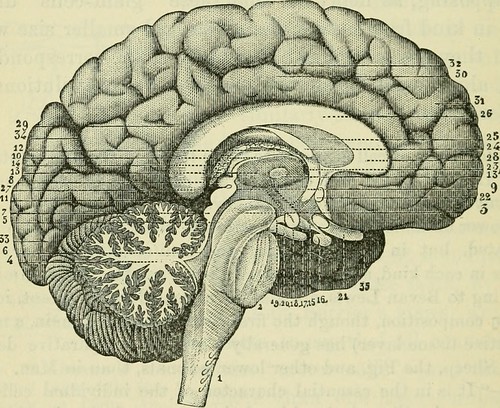
John Sweller more formally classified these three types of mental loads as:
Intrinsic load: the inherent difficulty of processing the task at hand;
Extraneous load: the manner the task is presented in (cluttered or disorganized presentation can increase this type of load); and
Germane load: the load needed to use prior knowledge and commit it to long term memory.
Intrinsic load and germane load are both largely dictated by the task at hand, meaning it is sometimes not possible to reduce these load types. Extraneous load, on the other hand, is often referred to as unnecessary or artificially-induced load. Luckily, extraneous load can be reduced in several ways:
- Remove outside inputs while you are completing tasks. Have you ever turned down the radio in the car while trying to find the correct street to turn on? This is reducing extraneous auditory load. Try out focus mode while you mono-task and pick a playlist for deep focus.
- Align your thoughts with your notes (or externalizations). For example, connected thoughts laid out in a connected map are closely aligned while connected thoughts laid out in a list are not. Drawing a figure of a hexagon is easier than describing a hexagon in words.
- Use intuitive tools. Some tools are too crowded or disruptive to allow for productivity (and creativity) to flow. Tools that are simple and intuitive allow you to focus on your task at hand. This is why Dr. Christina Lommatsch spent so much time working to ensure RamSync is the easiest to use Zettlekasten software ever built.
Prof Tip: Writing down ideas is so effective because reduces the short term memory burden, and allows you to focus on other thoughts, ideas, projects, etc.
Clearing the Mind: Four Categories of Writing
“If it isn’t written down it didn’t happen,” is a common phrase which appears in business management, legal circles, and the medical community. The importance of documenting transcends industry, and provides value to everyone from students to professionals.

Writing to clear the mind can be grouped into four primary categories. Each category requires a slightly different approach, based on the long-term goals:
- Ideas/Thoughts/Notes. Use RamSync
- Tasks (individual). Use ToDoist
- Projects (groups of tasks). Use Kanban Boards, Asana, Trello, Quire
- Appointments: Use Calendar apps or a planner
Our focus is on digital resources, although a lot of these principles apply just as well to physical alternatives. If you prefer writing things longhand, you can apply the same best practices no matter if you are using paper planner, a Rocketbook, or something else.
Prof Tip: Clearing your mind and reducing cognitive load helps you focus on the present. Documenting your ideas reduces future load, increasing productivity! Future you will thank present you for such great organization.
1) Notes and Ideas: Use RamSync
RamSync, the best note organization tool tool. Period. So our list of course starts with RamSync!
Ramsync is perfect for all forms of mental offloading. Ideas and thoughts are easily captured, linked, and organized in Collections. RamSync adapts to your thoughts and notes in the moment, providing as much, or as little structure, as you need.
Don’t let structure or supposed “shoulds” of notes hold you back. Write. Journal. Document. It doesn’t have to be perfect! Depending on how full your mind is, you could brain dump into a single Collection, or add your thoughts across multiple Collections.
During the first pass of clearing your mind, extracting all the content is the priority. Spelling, grammar, and full thoughts are not necessary. Simply capturing the ideas is the idea. Let your thoughts flow, RamSync can link anything, so even if your notes wander they will still stay organized (that’s the beauty of connected notes!).
As you let the thoughts out, you might start building off of key ideas, or Foundation Notes. Connecting your ideas can make all the difference (sometimes the connection IS the idea!). RamSync is flexible enough to match however your mind thinks, and then automatically build mind maps and knowledge graphs for future use and exploration.
2) Tasks: Use ToDoist
While RamSync is a great first choice for most mental offloading, sometimes to do lists are needed too. When it comes to listing action items, we often use Todoist. It works really well as an individual task repository, complete with date deadlines and categories.
When a list of tasks grows too big or complex, it might have evolved into a full-fledged project. When that happens, you may want to upgrade to a Kanban Board.
3) Projects: Use Kanban Boards, Trello/Asana/Quire
The Kanban system is a Japanese factory production technique first developed at Toyota to improve factory efficiency, as part of the famous LEAN Manufacturing philosophy. Originally, physical cards were used to track inventory and signal production needs. The Kanban process was so effective, it became one of the pillars of Industrial Engineering. Other industries took notice, and the Kanban process made inroads into programming and Agile software development.
Thankfully for most of us, the power of the Kanban Board is not limited to manufacturing or software development! In fact, we’ve found Kanban Boards useful for just about any major project, from academic research to healthcare.
Prof Tip: Collaborative Kanban Boards are an incredibly powerful tool when it comes to breaking down complex projects into discrete tasks for teams.
Kanban Boards are great for reducing cognitive load by ingesting multiple to-do items or tasks, organized within a project aligning to the structure of the project within your mind. Sometimes more detail is needed than simply writing down “Write Research Paper”, and we must clear our mind of some of the primary tasks associated with the research paper like “Update MYSQL Server”, “Run Spectral Analysis”, and “Stress Test Electrodes”. Once these pieces are cleared from our brains working memory, we can go back to working on the next generation of solid state battery.
It is important to note that a good Kanban Board can be either physical or digital depending on the team’s needs. There are many great digital options, including Trello, Asana, and quire.io.
4) Appointments: Use Calendar Apps and Planners
Since there are already too many Calendar apps to list, we will not even try here. Most everyone who has evolved past a flip phone has already used a digital calendar in some form or another.
Stop using mental cycles to remember that dentist appointment next week. Throw it in your calendar with a reminder and forget about it until you can actually action on it.
Conclusion
So, go ahead, close some of those open browser tabs. Free up your mind for creativity while reducing the stress of carrying around clamoring thoughts.
There are some great tools available to help you brain dump, shed stress, and focus. Plus, when when you document your ideas and store them for later it will increase your organization, and your future self will thank you!
If you haven’t given RamSync a try yet, go ahead and jump in! It’s fast and easy to use, and can immediately help with organization and staying on top of projects.
As always, if you have questions about what RamSync can do for you let us know! Drop us a note, and we’ll get back to you quickly.
Learn More
Having trouble focusing during the pandemic? www.bbc.com/worklife/article/20201103-cognitive-load-theory-explaining-our-fight-for-focus
Is your to do list out of control? Try these: www.forbes.com/sites/brettwhysel/2018/12/19/to-do-list-out-of-control-try-these-10-stress-busters/
Journaling is great for stress management. Check out some of the other benefits here: www.verywellmind.com/the-benefits-of-journaling-for-stress-management-3144611

